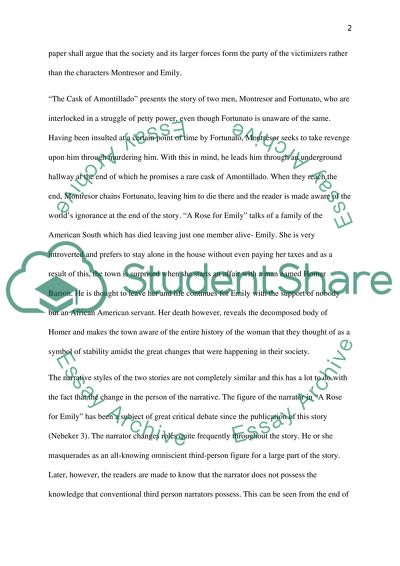Cite this document
(“Research paper Example | Topics and Well Written Essays - 2250 words”, n.d.)
Research paper Example | Topics and Well Written Essays - 2250 words. Retrieved from https://studentshare.org/english/1462763-research-paper
Research paper Example | Topics and Well Written Essays - 2250 words. Retrieved from https://studentshare.org/english/1462763-research-paper
(Research Paper Example | Topics and Well Written Essays - 2250 Words)
Research Paper Example | Topics and Well Written Essays - 2250 Words. https://studentshare.org/english/1462763-research-paper.
Research Paper Example | Topics and Well Written Essays - 2250 Words. https://studentshare.org/english/1462763-research-paper.
“Research Paper Example | Topics and Well Written Essays - 2250 Words”, n.d. https://studentshare.org/english/1462763-research-paper.


